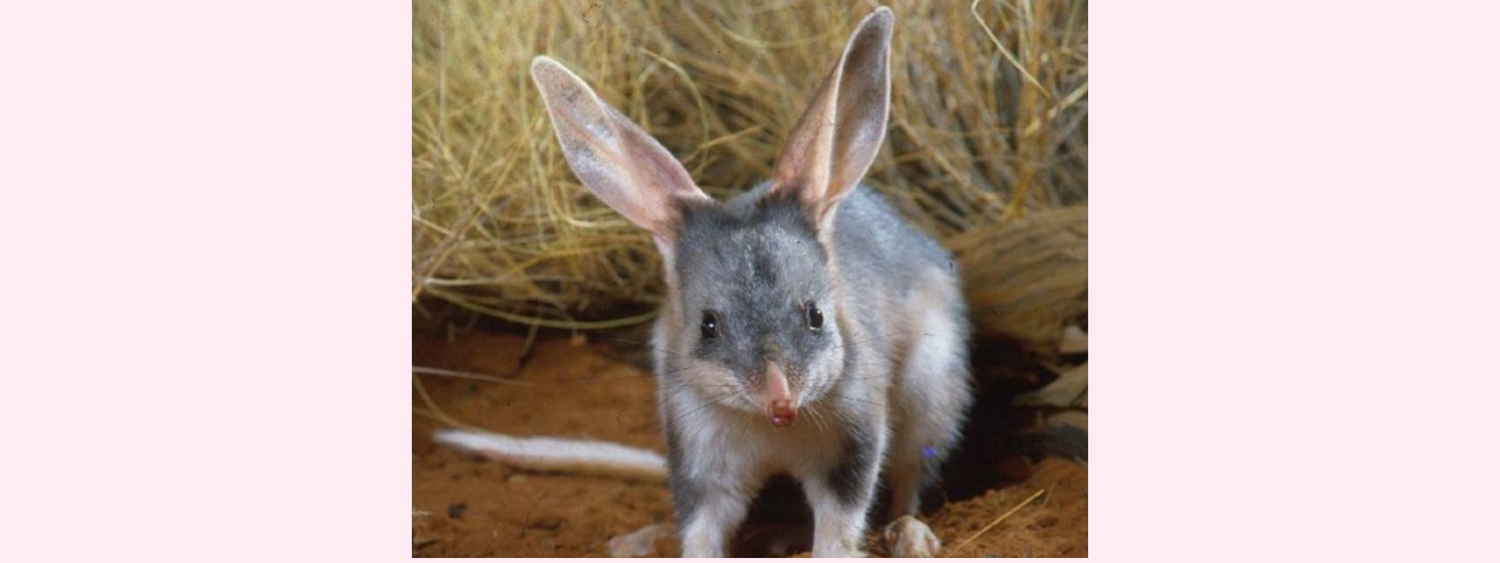How the secret 'Wood Wide Web' of trees works...
Did you know that tree roots have their own communication network underground?
Scientists call these mycorrhizal networks, and they are made up of long, stringy looking fungi filaments! These filaments intertwine with the ends of the tree roots to form a ‘wood wide web’ network that seems to be of benefit for both the trees and the fungi.
The filaments can also break down rock minerals in the soil - which helps the tree absorb these important elements into their roots. In return the fungi get a small but steady supply of sugar from the trees!
And the process may also help young saplings to receive extra nutrients to keep them healthy and growing in sometimes difficult circumstances.
When you see fungi around the base of a tree, they are acutallly just the fruit of that fungi. The rest of the mycorrhizal (fungi) network is underground – a bit like an iceberg has most of its ice underwater - where it can’t be seen.
Some studies have suggested that, in a healthy forest, trees may even be able warn other trees around them of insect attack and drought through this network.
Researchers have also found that the fungi helps to increase the root surface area of trees, so the trees can access more water in dry times.

The fruit of the fungi are what you see above ground
MORE ABOUT MYCORRHIZAL NETWORKS
Mushrooms are the fruit of the mycorrhizal network fungus, and they help connect trees through their tiny threads - individually called mycelium.
Mycelia are multitudes of those very tiny, long strings that wrap around, or bore into, tree roots.
You might be asking this question… Why would the fungi want to work together with the trees?
- Firstly, when the mycelium grows into a network around the tree roots it can help transfer water, nitrogen, carbon and other minerals to those trees and other plants.
- In return, the mycorrhizal network keeps some of the sugars that the trees produce. Trees make these sugars - via the process for photosynthesis.
- Then fungi use those sugars as their fuel so they can collect carbon and other mineral nutrients into their mycelium network.
- And the circle is completed, when the fungi transfer the carbon and other minerals back to the trees.
How amazing is that!?

You can see the very fine fungi filaments in this photo.
WHY THE TREES COMMUNICATE
Researchers are aiming to prove that - by associating with fungi - trees conserve resources that would have been otherwise needed for growing ever larger root systems.
But there are other benefits for the plants and trees as well.
What messages do you think trees might need to communicate about?
Just like many animal species, trees and plants want to keep safe, and they have a ‘language of danger’.
There has been research done that confirms that plants being attacked by herbivores can release volatile organic compounds into the air to defend themselves - and send a warning message to nearby plants about the danger at the same time.
Experiments have now shown that similar “stress signals” can also be transmitted through mycorrhizal networks. This led to the ‘wood wide web’ reference.
Maybe it's not as fast as social media(!) but certainly it seems to be an effective way to get their message through!

Fresh growth is encouraged by the wood-wide-web network.
A SURPRISING ENVIRONMENTAL BENEFIT OF MYCORRHIZAL NETWORKS
A great amount of the world’s agriculture depends upon fertilizer derived from mined rock phosphate, a finite resource that is steadily dwindling.
In the next few decades, the world may be running very low in rock phosphate which could mean we risk a large decline in food production.
Knowing that phosphorus is a crucial plant nutrient that mycorrhizal fungi are particularly good at locating in ordinary soil, it's great news that they can use their network to funnel it back to the trees.
Some of the proposed techniques to work with mycorrhizal fungi to improve soil health for crops include:
- sowing fallow fields with appropriate mycorrhizal plants to maintain the level of fungal activity in the soil between crop rotations
- Using tilling patterns that minimize disturbance of mycorrhizal fungi
- And avoiding the indiscriminate use of fungicides in the soil.
Along the same path of thinking, many tree nurseries are finding that inoculating tree seedlings with appropriate mycorrhizal fungi, increases survival rates in the nursery and later, after planting out.

There is, of course, plenty more research to be done about the wood wide web.
We’ve only touched on this fascinating subject.
But I hope it highlights some of the amazing things that are going on right under our feet!
Now that you know that there’s a wonderful underground communication system secretly helping the trees 'talk' to each other – why not share this blog with someone who would like to discover the wood wide web too!
This blog will be here to re-visit, share and (I hope) inspire for the future.
Remember to bookmark it so you can come back to it at any time. 😊 Thanks.
If you enjoyed this blog, please feel welcome to leave a comment to let others know about our blog.
Twizzle Designs offers truly eco-friendly, Australian made, sustainable gifts for your friends and family.
We also donate to 💚 Planting trees 💚 Supporting conservation of Australian native wildlife, and 💚 Helping to save our planet by donating to environmentally aware charities. Because it's super important to us. 😊





